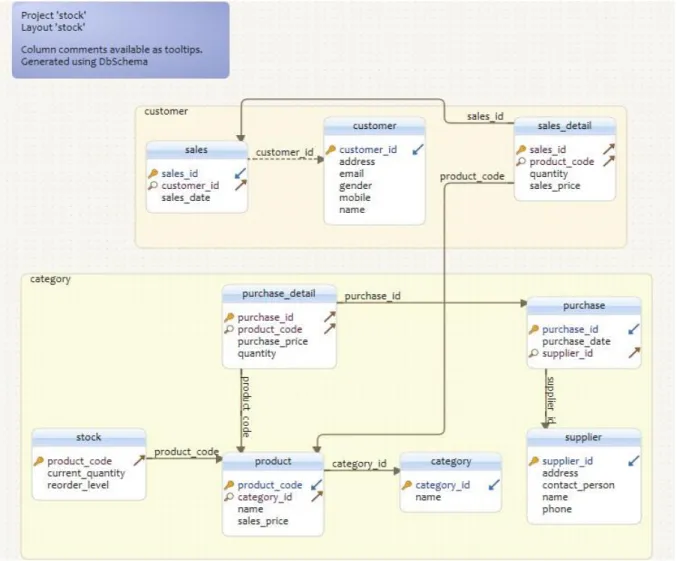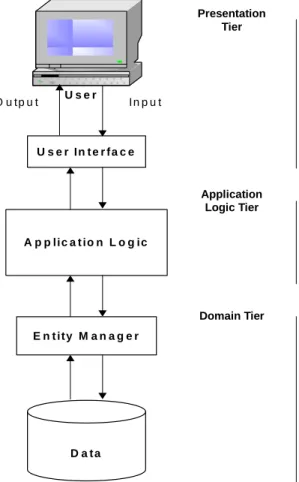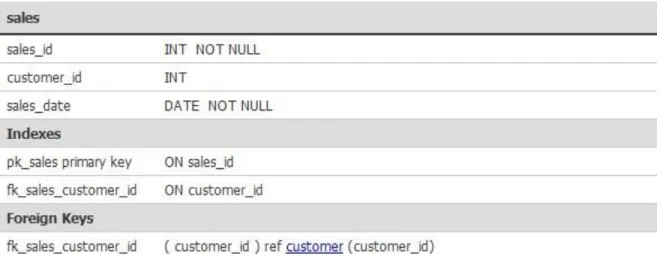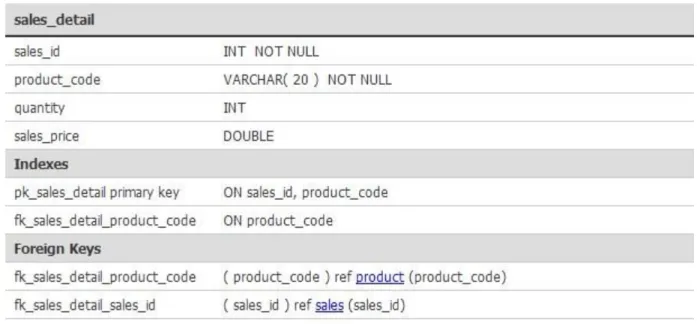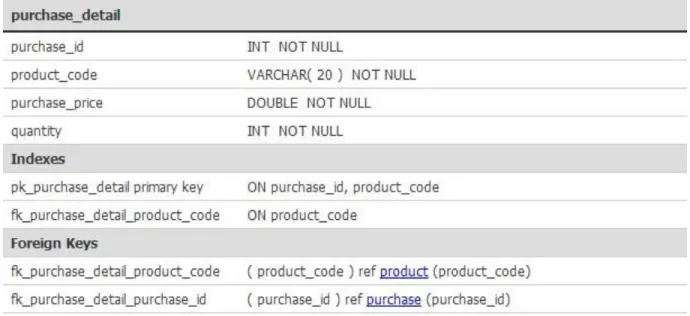This project titled Design and Development of Architecture of POS submitted by Farhana Haque and Tamanna Rahman to the Department of Computer Science and Engineering, Daffodil International University has been accepted as satisfactory for partial fulfillment of the requirements for the degree of B.Sc . Department of Computer Science and Engineering Faculty of Science and Information Technology Daffodil International University. We hereby declare that this project has been carried out by us under the supervision of Dr.Syed Akhter Hossain, Professor and Head of Department of CSE, CIS, CS Daffodil International University.
First, we express our deepest thanks and gratitude to Almighty Allah for His divine blessings enabling us to complete this project successfully. We were grateful to and wish our deep indebtedness to Dr.Syed Akhter Hossain, Professor & Head, Department of CSE, CIS & CS Daffodil International University, Dhaka. We would also like to thank all our coursemates at Daffodil International University who participated in this discussion while completing the coursework.
Overview
Motivation
Objective
Methodology
Benefits of the System
We strive to develop and architect POS software where the overall issue will be met and the retail industry can take a new issue to develop their existing POS system.
Summary
Point of sale also refers to collecting data and customer payment information when the service is brought or sold by the retailers. Point of sale can be seen as an essential part of supporting or increasing the sales of retail stores. These systems also record all information about the sales so that analysis can be performed with current data and use it to make smart business decisions in retail.
The system automatically records customers' names, address if the customer has registered or used a credit card to purchase products, as well as what they brought and when. This information can be searched and selected to make targeted and timed mailings not only practical but also easy. The system knows at all times the rate at which each item is being sold, making it easy to decide which quantity to reorder, which item is in higher demand, and which item is placed in front of the customer out of interest.
Research Paper Review
There is a report that can always be useful to reorder the product when the dealers know which product to actually buy from the supplier. Multiple interfaces and complex configuration of POS applications and some third-party software and hardware involvement all make this system automation more difficult than other system automation. Understanding of technical architecture, analysis of the automation tool and the high level Understanding of the POS application is essential.
Tool automation, OS analysis is required to upgrade the POS testing automation process. The challenge of automating POS testing can be overcome by adopting a strong strategy and make this retail business area faster and safer [3].
Software Development Process Model
This usually involves interviewing a number of users representing all external or internal users and other aspects of the existing system. This is usually a scaled down system and represents an approximation of the characteristics of the final product. A second prototype is developed through a fourfold procedure: (1) evaluating the first prototype in terms of its strengths, weaknesses and risks; (2) defining the requirements of the second prototype; (3) planning and designing the second prototype; (4) constructing and testing the second prototype.
According to the client's choice, the entire project can be stopped if the risk is deemed too great. Risk factors may include development cost overruns, operating cost miscalculations, or any other factor that, in the customer's judgment, may result in a less-than-satisfactory final product. The preceding steps are repeated until the customer is satisfied that the refined prototype represents the desired final product.
N-tier Architecture
The One and Two Tier
The existing prototype is evaluated in the same way as the previous prototype, and if necessary another prototype is based on it according to the fourfold procedure described above. The presentation layer or application layer can only run on one computer, or the application layer and data layer can only run on one computer.
Three - Tier and more
The data storage layer has a server part and a back-end part. The server side of the presentation layer is the web server or web engine that combines the interface with the business logic with the (graphical) user interface elements. The server side of the data storage layer is usually a wrapper that hides the technical details of the backend (or enterprise information system) [6].
For any changes in requirements or technology, the three-tier architecture allows any of the three tiers to be upgraded or replaced independently. For example, changing the operating system in the presentation layer would only affect the user interface code. If there is a minor change in the application logic, we don't need to install the entire system on individual users' PCs.
Security is ensured in the three-tier architecture because the middle layer protects the database layer. The performance of the whole application can be slow if the hardware and network bandwidth are not good enough, because more networks, computers and processes are involved. The purpose of Requirements Analysis is to obtain a complete and detailed understanding of a business or customer need and break it down into discrete requirements.
The users of a POS system are the employees of the store including cashiers and the administrator or the Manager. The Manager has access to all the system management functions of the POS system, but the access of some of these functions is restricted for the Cashier. The Cashier using the system does the sales transaction and can print receipt for customers when they buy product.
Later, a use case scenario is given that gives a detailed description of the model.

Use Case Model of POS
Our POS system is a computer system typically used at the front desk of retail stores to manage sales and balance inventory. This system calculates the inventory balance by updating the decrease or increase of inventory automatically during good purchase or sale transaction. This chapter will discuss the Use Case model of POS through the use case diagram.
Use Case Scenario
Sale Goods
Create Supplier
Create Category
Create Product
Create Customer
Create User Account
System Requirements
Object Model
For example, the Sales class has attributes: salesId, salesDate, etc. and methods like getSalesId(), setSalesDate(), etc.
Database Model (ERD)…
GUI Model
- Login UI
- User Account UI
- Category UI
- Customer UI
User must enter his/her username in the „Username‟ field and enter the password in the „Password‟ field. But before that, the desired account must be displayed in the UI using the "Find" procedure. A message will appear showing "user account successfully updated" if update is successful, otherwise unsuccessful due to system error.
A message will appear stating that the user account has been deleted successfully if the deletion was successful, otherwise it will fail due to a system error. But for this the desired record must be displayed via the 'Search' procedure in the UI. A message will appear stating that the category record was deleted successfully if the deletion was successful, otherwise it will fail due to a system error.
But before that, the desired record must be displayed in the UI using the "Find" procedure. A message will appear showing "supplier record successfully added" if addition is successful, otherwise unsuccessful due to system error. A message will appear showing "vendor record updated successfully" if update is successful, otherwise unsuccessful due to system error.
A message showing "supplier record deleted successfully" will be displayed if the deletion is successful, otherwise unsuccessful due to system error. A message showing "purchase record saved successfully" will be displayed if saving is successful, otherwise unsuccessful due to system error. A message showing "purchase record deleted successfully" will be displayed if the deletion is successful, otherwise unsuccessful due to system error.
A message will appear showing “customer record successfully added” if the addition is successful, otherwise it fails due to a system error. A message will appear showing “customer record deleted successfully” if the deletion is successful, otherwise it failed due to system error. There will be a message showing “sales record deleted successfully” if the deletion is successful, otherwise it failed due to system error.
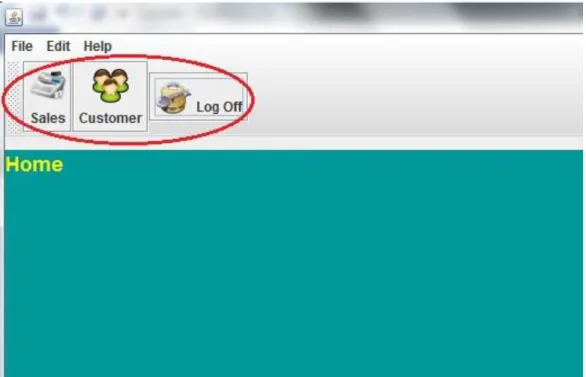
Implementation of ERD
- Customer Table Schema
- Sales Table Schema
- Sales Detail Table Schema
- Product Table Schema
- Category Table Schema
- Stock Table Schema
- Supplier Table Schema
- Purchase Table Schema
- Purchase Detail Table Schema
The information is then passed back to the logic level for processing and ultimately returned to the user. To eliminate data redundancy and "many-to-many" indicates the data type with a specific precision.
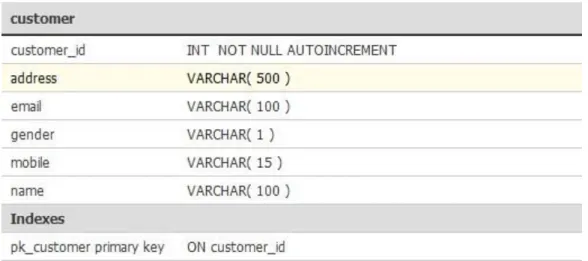
Implementation of GUI and Report Generation
In our project we have also created graphs to show the amount of sales of products for "today" and for a certain duration of time, the dates of which are given by the user.
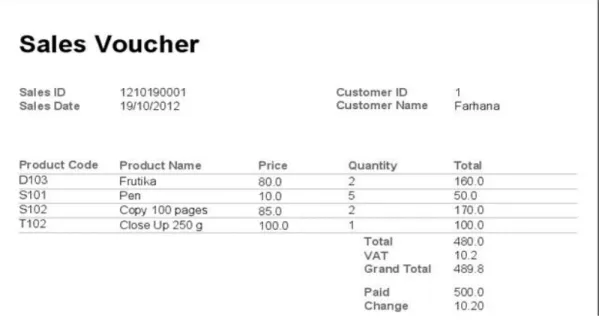
Integration and Testing
Unit Test
Integration Test
Click the Report menu. Click the Inventory menu item. Click the submenu item to reorder. Click the Report menu Click the Sales menu item Click the Special Sales submenu item. Click the Report menu Click the Sales menu item Click the Today's Sales submenu item.
To go to today's sales summary sales report along with a pie chart at the bottom. Click on the Report menu Click on the Sales menu item Click on the Sales Chart submenu item. Click on the Report menu Click on the Customer menu item Click on the Customer List submenu item.
The customer can even exit the store without actually scanning merchandise purchases because all selected products have RFID tags, so the retailer's inventory is deducted and tracked from those tags.
Conclusion
Do the Find procedure for the Category to be updated Make the necessary Category changes in the Click fields. Perform the Find procedure for the product to be updated Make the necessary product changes in the Click fields. Do the Find procedure for the user to be updated Make the necessary changes to the User in the Click fields.
Input Supplier name Input Supplier address Input Telephone number Input Contact person Click on the "add" button. Perform the Find procedure for the Supplier to be updated Make necessary changes to the Supplier in the fields Click. Perform the Find procedure for the customer to be updated. Make necessary changes to the customer in the fields Click the "Update" button.
